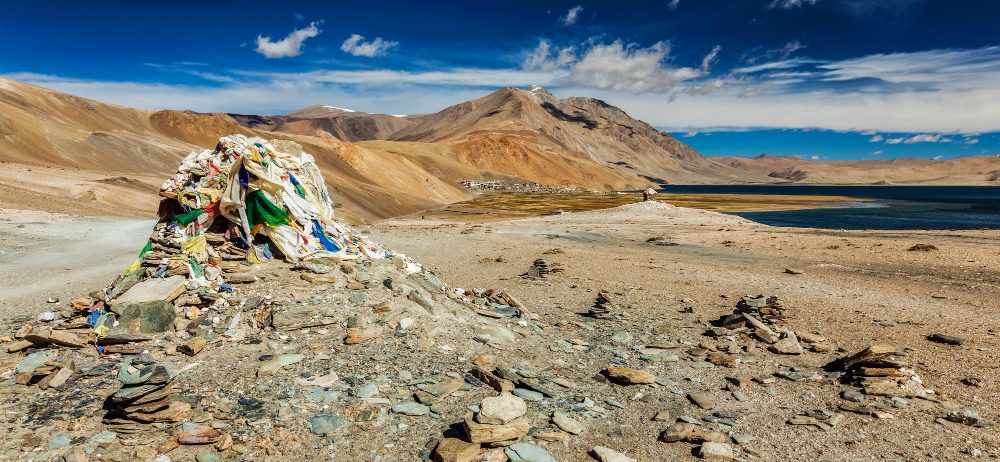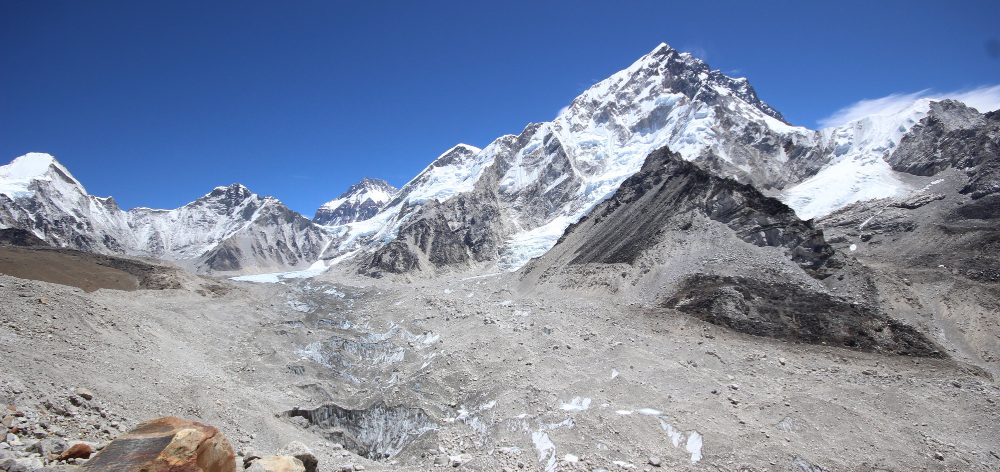- A lot has been mentioned and spoken to about the fragile Himalayan ecosystem that is proving to be a major challenge for administrators. Yes, the increasingly aspirational society would wish to not settle for anything less than at par with the other parts of the country boasting some of the most formidable modern infrastructure in place befitting the nation’s growth. As the country opens up to newer and never-seen-before initiatives on all fronts, it is incumbent on the part of the government to initiate every possible measure to safeguard/improve the living conditions of its citizens. India is not averse to the same phenomenon being witnessed around but must contend with the northern and eastern borders housing the fragile Himalayan ecosystem.

PC: freepik
- The nation was shocked to witness the visuals of how the subsidence in Joshimath, Uttarakhand has exposed the dangers of unabated infrastructural developments affecting the mountain’s ecosystem. Of course, we also have to contend with the belligerent, aggressive, and intransigence China whose escapades on the line of actual control in eastern Ladakh are well known. There cannot be any compromise with the sovereignty and security of the nation and as such, India is finally ramping up infrastructure development across LAC. And since Galwan in 2020, there has been an extra urgency to bridge the gap to ensure the smooth mobility of India’s troops in the region. We are aware China has a huge lead over us vis-à-vis infrastructure along the region.
- Thus, India’s construction of a 135 km road connecting Chushul and Demchok in eastern Ladakh should be one among other projects in that strategically important area and BRO must meet the two-year construction deadline. However, the Indian government must be extra careful about the construction of this and other projects. Activists from the region have been pointing out that unsustainable construction, industries, and tourism can bring catastrophic consequences to the fragile zone. Studies by Kashmir University and other organisations show that glaciers in the Leh-Ladakh region will deplete by two-thirds unless conservation efforts are stepped up. These glaciers are already melting faster than expected due to construction and human activities.

PC: freepik
- Further, the government’s amendments to the Environment Impact Assessment Rules last year exempt highway projects of strategic and defence importance that are 100 km from the borders from obtaining environmental clearance. This rightly raises concerns about the damage being done to sensitive ecosystems. Yes, defence needs must be prioritised but strict protocols need to be worked out to ensure even strategic projects in sensitive regions have the least impact on the environment. Ultimately, ecological disasters will also jeopardise strategic objectives. Therefore, infrastructure construction along LAC needs to be carefully planned and executed, not just for the environment but to ensure the projects’ own longevity in serving the intended purpose.






